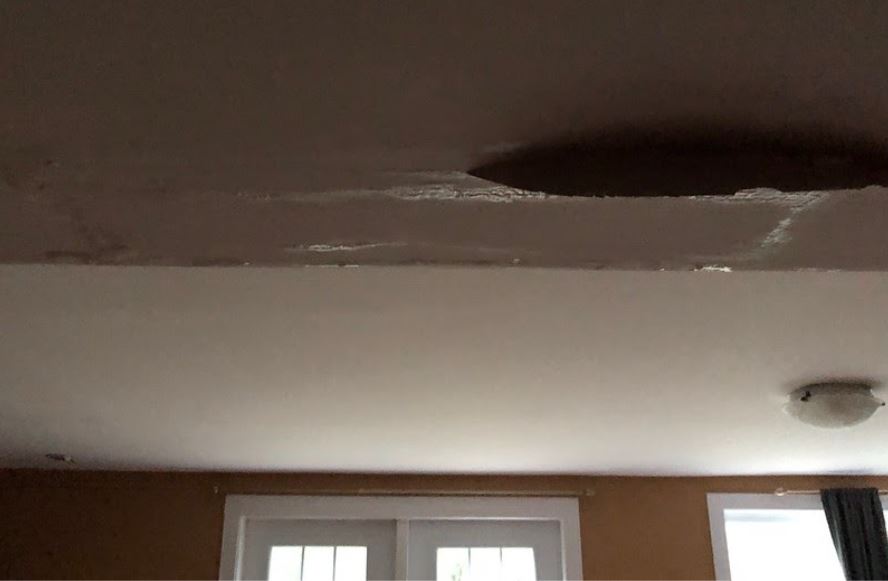Understanding Why Leak Issues Occur Frequent in Your Home
Understanding Why Leak Issues Occur Frequent in Your Home
Blog Article
Listed here in the next paragraph you can locate additional brilliant guidance all about How Fast Water Damage Can Ruin Your Home.

Leaks not just create waste of water yet can additionally cause unnecessary damage to your home and also promote undesirable organic growth. However, water leakages may go unnoticed because most of the pipework in our house is hidden. By recognizing and also looking for day-to-day scenarios that create leakages, you can secure your house from future leaks and unneeded damages. Today, we will certainly take a look at six leakage triggers that may be causing your pipelines to leak.
Immediate temperature modifications.
Severe temperature level changes in our pipes can cause them to increase and get unexpectedly. This expansion and contraction might cause fractures in the pipelines, particularly if the temperature level are below freezing.
Corroded water supply
As time goes by, your plumbing system ages and also deterioration such as corrosion might start eating away the pipelines. This might be the root cause of staining or bending on your pipes. This asks for an inspection with your plumber immediately. Think about changing the pipes given that they are at a higher danger of deterioration than the more recent models if our plumbing system is old.
Malfunctioning Pipeline Joints
The factor at which your pipelines attach is regularly the weakest web link in the waterline. Pipe joints can degrade gradually, leading to water leaks. The bulk of pipeline joints are not quickly noticeable. If you have loud pipes that make ticking or banging noises, specifically when the warm water is turned on, your pipe joints are probably under a great deal of pressure. It is suggested to have your plumber inspect your system once a year.
Intruding origins
The majority of water leakages start outside the residence instead than inside it. You might see damp patches or sinkholes in your backyard, as well as that could indicate that tree roots are attacking water lines causing water to permeate out.
Poor Water Connectors
At times, a leak can be created by loose pipes as well as pipelines that supply your home appliances. In situation of a water connections leak, you may notice water running directly from the supply line or pools around your devices.
Blocked Drains
Clogged drains could be irritating and inconveniencing, yet they can often end up creating an overflow causing rupture pipes. Maintain removing any kind of materials that may go down your drains that can obstruct them to prevent such troubles.
All the above are root causes of leakages yet not all water leakages result from plumbing leaks; some leakages may originate from roofing leaks. All leakages should be repaired right away to prevent water damage.
Leakages not just cause waste of water but can also create unneeded damages to your residence and also promote unwanted organic development. By recognizing and also looking for everyday scenarios that trigger leaks, you can safeguard your residence from future leakages and unneeded damage. Today, we will look at 6 leak creates that might be creating your pipelines to drip.
At times, a leakage can be caused by loosened hoses as well as pipelines that supply your devices. In case of a water connections leakage, you may notice water running directly from the supply line or puddles around your appliances.
How To Check For Water Leak In Your Home
How To Check for Leaks
The average household's leaks can account for nearly 10,000 gallons of water wasted every year and ten percent of homes have leaks that waste 90 gallons or more per day. Common types of leaks found in the home are worn toilet flappers, dripping faucets, and other leaking valves. These types of leaks are often easy to fix, requiring only a few tools and hardware that can pay for themselves in water savings. Fixing easily corrected household water leaks can save homeowners about 10 percent on their water bills.
To check for leaks in your home, you first need to determine whether you're wasting water and then identify the source of the leak. Here are some tips for finding leaks:
Take a look at your water usage during a colder month, such as January or February. If a family of four exceeds 12,000 gallons per month, there are serious leaks.
Check your water meter before and after a two-hour period when no water is being used. If the meter changes at all, you probably have a leak.
Identify toilet leaks by placing a drop of food coloring in the toilet tank. If any color shows up in the bowl after 10 minutes, you have a leak. (Be sure to flush immediately after the experiment to avoid staining the tank.)
Examine faucet gaskets and pipe fittings for any water on the outside of the pipe to check for surface leaks.
Undetected water leaks can happen without the home or business owner even realizing. If you suspect a water leak, but not able to find the source. It is time to contact a professional water leak detection service, The Leak Doctor.
How To Find a Water Leak In Your Home
https://www.leakdoctor.com/blog/How-To-Check-For-Water-Leak-In-Your-Home_AE197.html

I discovered that piece on How to detect water leaks in your home while doing a search on the web. Sharing is good. One never knows, you may very well be doing someone a favor. Thanks so much for going through it.
Drain blockage? Seek our expertise. Report this page